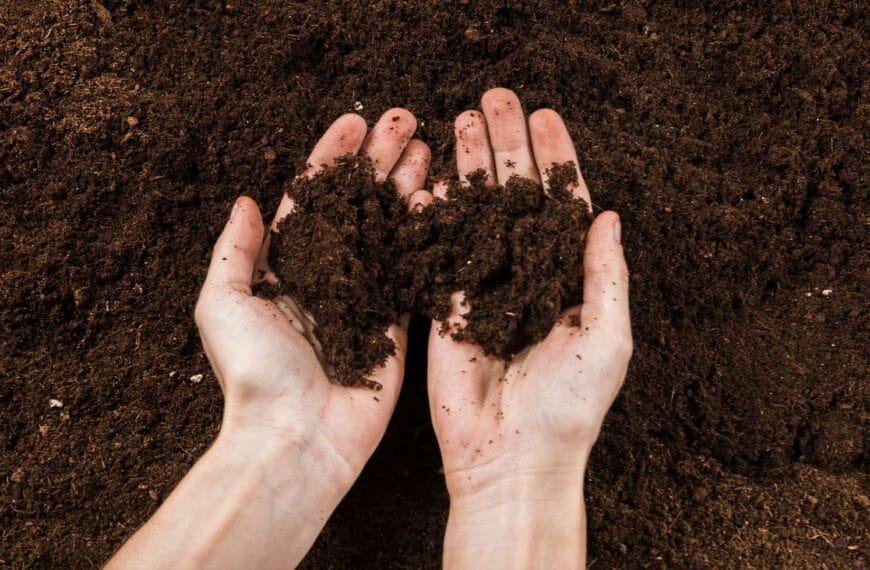The Clegg (Hammer) Impact Soil Tester
A Comprehensive Guide to Clegg Hammers for Grass Court Tennis Surfaces
Introduction to the ‘Clegg Hammer’
The Clegg Hammer, also known as the Clegg Impact Soil Tester, is a specialized device designed to measure the mechanical properties of soil and other surfaces by determining the surface’s impact resistance. Developed by Dr Baden Clegg in the 1970s, the tool was initially created to assess the compaction and bearing capacity of the soil, particularly in the construction and civil engineering sectors. However, its utility has since expanded to include a wide range of applications, including sports turf management, where it plays a crucial role in maintaining the quality and safety of playing surfaces.
The History and Development of the Clegg Hammer
The origins of the Clegg Hammer date back to Dr. Clegg’s work in soil mechanics and his need to develop a portable and easy-to-use device that could quickly assess soil compaction levels. Traditional methods of measuring soil compaction were often cumbersome and required significant time and expertise. Dr. Clegg’s invention provided a more practical solution, allowing users to obtain reliable surface hardness measurements with minimal effort.
The Clegg Hammer consists of a cylindrical hammer that is dropped from a predetermined height onto the surface being tested. The device measures the hammer’s deceleration (or bounce) upon impact, which is then recorded as an Impact Value (IV). The higher the IV, the harder the surface.
Over time, the Clegg Hammer has evolved, with various models being developed to cater to different types of surfaces, including natural grass, synthetic turf, and roadways. Its application in sports turf management, particularly for golf courses and sports fields, has grown significantly as groundskeepers and turf managers recognized its ability to ensure optimal playing conditions.
The Clegg Hammer on Grass Court Tennis Surfaces
Grass courts are a traditional and prestigious surface in the world of tennis, known for their unique playing characteristics, such as low ball bounce and fast play. However, maintaining these courts in top condition is a complex task that requires careful attention to surface hardness, grass health, and soil compaction. This is where the Clegg Hammer becomes an invaluable tool.
Assessing Surface Hardness
One of the primary uses of the Clegg Hammer on grass tennis courts is to measure surface hardness. Tennis players require a consistent playing surface that offers predictable ball behaviour, and surface hardness directly influences ball bounce and player comfort. By regularly using the Clegg Hammer to measure the Impact Value across different court areas, groundskeepers can identify areas that may be too hard or too soft. This allows them to take corrective action, such as aerating the soil, adjusting watering schedules, or modifying mowing heights to achieve a uniform playing surface.
Monitoring Soil Compaction
Soil compaction is common on grass courts, particularly in high-traffic areas such as the baseline and service boxes. Compacted soil can lead to poor grass growth, reduced water infiltration, and increased surface hardness, all of which negatively affect playability. The Clegg Hammer helps monitor soil compaction by clearly indicating how compacted the soil is in different parts of the court. If high Impact Values are recorded, it may indicate that the soil is overly compacted, prompting the need for aeration or other soil management practices to alleviate the compaction.
Ensuring Player Safety
Player safety is paramount on any sports surface, and tennis is no exception. A court that is too hard can increase the risk of injuries, particularly to the lower extremities, as the impact on the body is more excellent. By using the Clegg Hammer to regularly assess surface hardness, groundskeepers can ensure that the court remains within safe playing parameters, reducing the likelihood of injuries related to surface conditions.
Effective Use of the Clegg Hammer on Grass Courts
To effectively use the Clegg Hammer on grass court tennis surfaces, groundskeepers should follow a systematic approach:
- Regular Testing: Conduct regular tests, particularly before and after significant events, to monitor surface hardness and compaction changes. Testing should be done consistently across the entire court to ensure uniformity.
- Data Analysis: Analyze the Impact Values recorded during testing to identify trends and areas of concern. Consistently high or low values in specific areas may indicate underlying issues that require attention.
- Adjust Maintenance Practices: Use the data from the Clegg Hammer to inform maintenance practices. For example, if some regions of the court are consistently too hard, consider increasing aeration frequency or adjusting irrigation practices.
- Communication with Stakeholders: Share the results of Clegg Hammer testing with coaches, players, and other stakeholders to inform them about court conditions and any maintenance actions being taken.
Conclusion
Overall, the Clegg Hammer Bounce Tester is a versatile and essential tool for maintaining grass court tennis surfaces. Its ability to measure surface hardness and monitor soil compaction provides groundskeepers with the information they need to ensure optimal playing conditions and player safety. By integrating the Clegg Hammer into regular maintenance routines, tennis clubs and venues can uphold the high standards expected of grass courts, ensuring a consistent and enjoyable experience for players.
Clegg (Hammer) Impact Soil Tester Suppliers
The following is a list of suppliers of Clegg (Hammer) Impact Soil Tester. These suppliers offer high-quality products designed specifically for building and maintaining grass tennis courts.
UK
Turf-Tec International
Sales Team
+44 (0) 203 743 3212
Turf-Tec International is a leading supplier of turf maintenance equipment, including Clegg hammer bounce testers used to measure the hardness and playability of grass tennis courts. Their products are essential for ensuring that courts meet the required standards for safety and performance, making them a trusted choice for sports groundskeepers in the UK.
USA and Canada
R&R Products
Customer Support
via website contact form
+1 800-528-3446
R&R Products offers a comprehensive range of turf maintenance tools, including Clegg hammer bounce testers. These devices are crucial for assessing the surface hardness of grass tennis courts to ensure consistent ball bounce and player safety. R&R Products is known for its high-quality equipment and reliable customer service across the USA and Canada.
Europe
Leonard Nilsen & Sons
Sales Team
+47 76 96 56 00
Leonard Nilsen & Sons is a European supplier of precision measurement tools, including Clegg hammers used in sports turf management. Their products are used across Europe to monitor and maintain the quality of grass tennis courts, ensuring they meet the required standards for professional play.
Australia
Clegg Impact Testers Australia
Sales Team
+61 8 8362 0022
Clegg Impact Testers Australia specializes in providing Clegg hammers and related equipment used to assess the hardness and resilience of sports surfaces, including grass tennis courts. Their products are widely used across Australia to ensure that tennis courts meet the necessary standards for professional and recreational play.
These suppliers provide Clegg hammer bounce testers that are essential for assessing the playability and safety of grass tennis courts, ensuring that courts are maintained to the highest standards. Their products are trusted by sports facilities around the world for their precision and reliability.
Clegg Hammer image: https://www.sccssurvey.co.uk/clegg-impact-soil-tester.html











